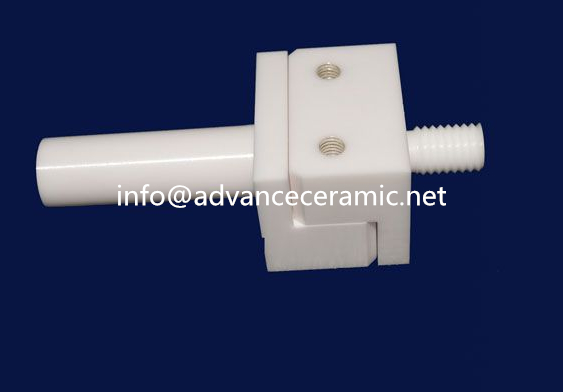An overview of zirconia ceramics: Simple properties and clinical applications
03/02/2018 17:56

Zirconia (ZrO2) is a ceramic material with sufficient mechanical properties for manufacturing of medical devices. Zirconia stabilized with Y2O3 has the best properties for these applications. When a anxiety happens on a ZrO2 surface, a crystalline modification opposes the propagation of cracks. Compression resistance of ZrO2 is about 2000 MPa. Orthopedic analysis led to this material getting proposed for the manufacture of hip head prostheses. Before this, zirconia biocompatibility had been studied in vivo; no adverse responses have been reported following the insertion of ZrO2 samples into bone or muscle. In vitro experimentation showed absence of mutations and great viability of cells cultured on this material. Zirconia cores for fixed partial dentures (FPD) on anterior and posterior teeth and on implants are now readily available. Clinical evaluation of abutments and periodontal tissue should be performed prior to their use. Zirconia opacity is very beneficial in adverse clinical conditions, one example is, for masking of dischromic abutment teeth. Radiopacity can aid evaluation during radiographic controls. Zirconia frameworks are realized by using computer-aided design/manufacturing (CAD/CAM) technology. Cementation of Zr-ceramic restorations might be performed with adhesive luting. Mechanical properties of zirconium oxide FPDs have proved superior to those of other metal-free restorations. Clinical evaluations, which have already been ongoing for 3 years, indicate a superb achievement price for zirconia FPDs. Zirconia implant abutments can also be utilised to improve the aesthetic outcome of implant-supported rehabilitations. Newly proposed zirconia implants appear to possess great biological and mechanical properties; further research are required to validate their application. Get far more information about zirconia ceramic